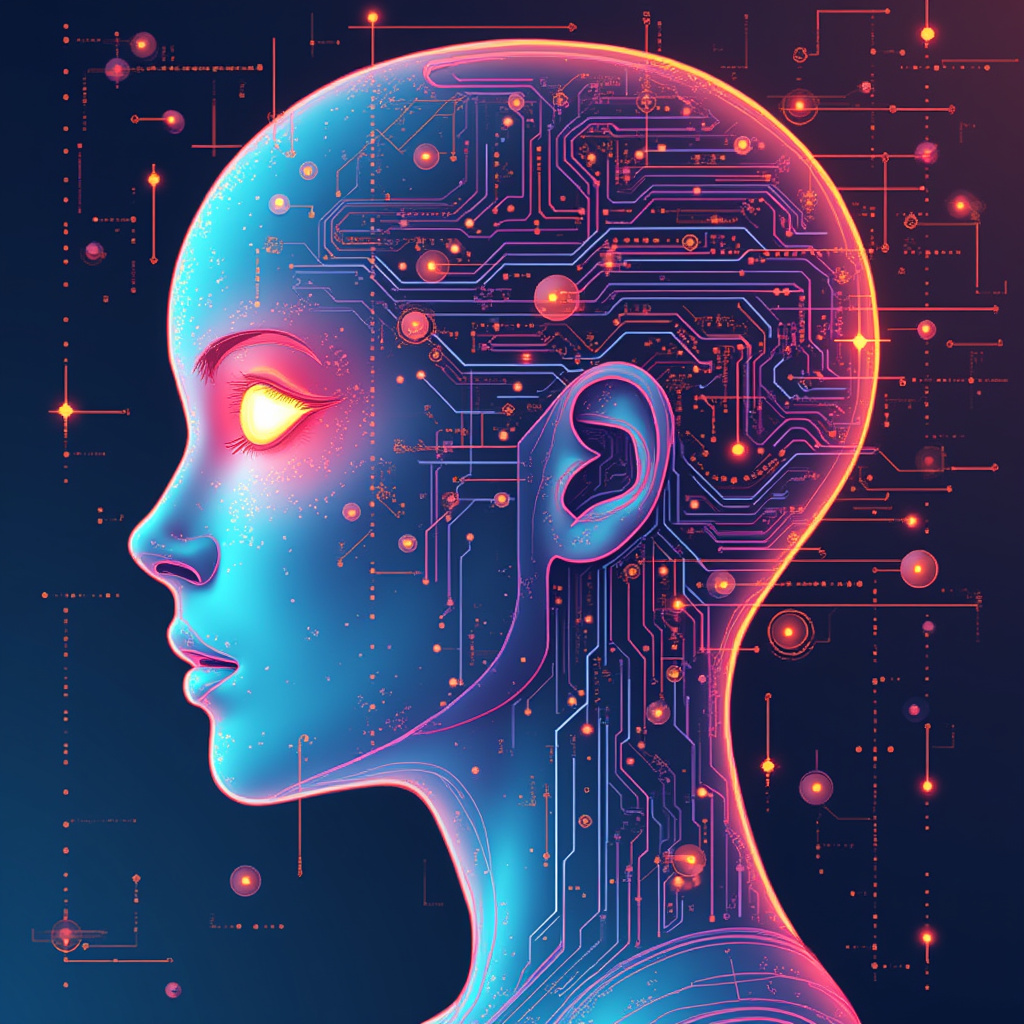Introduction
In today’s digital age, artificial intelligence (AI) is influencing nearly every aspect of our lives, including design. From graphics to user interfaces, AI algorithms are shaping the way we perceive and interact with digital environments. In this article, we will explore the aesthetics of algorithms and how they are driving contemporary design trends.
The Role of AI in Design
AI is not just about automation; it’s also about enhancing creativity. Designers now use AI tools to generate ideas, analyze trends, and even create art. Here are a few ways AI is impacting design:
- Data-Driven Insights: AI algorithms analyze vast amounts of data to identify popular trends. This helps designers create products that resonate with their audience.
- Personalization: AI can tailor designs to individual preferences, making experiences more engaging. For instance, streaming services use algorithms to recommend shows based on user behavior.
- Generative Design: This process uses algorithms to create numerous design options based on set parameters, allowing designers to explore innovative solutions they may not have considered.
Changing Aesthetics
As AI continues to evolve, so do the aesthetics of design. Here are some emerging trends influenced by AI:
- Simplicity and Minimalism: AI often favors clean lines and simple shapes, leading to a trend towards minimalistic design. This style is visually appealing and enhances user experience.
- Dynamic and Adaptive Interfaces: With AI, designs can change in real-time, adapting to user interactions. This creates a more personalized experience that feels intuitive and engaging.
- Bold Colors and Patterns: AI tools can easily generate unique color palettes and patterns, allowing designers to experiment and push creative boundaries. This has led to more vibrant and eclectic designs.
The Future of Design
Looking ahead, the collaboration between human designers and AI will likely deepen. While AI can generate designs and offer insights, the human touch remains crucial for creativity and emotional connection. Designers will need to embrace this partnership to create compelling experiences that resonate with users.
Conclusion
The aesthetics of algorithms are reshaping the design landscape, making it more innovative, personalized, and visually striking. As AI continues to advance, we can expect to see even more exciting trends emerge, blending technology with human creativity. By understanding and leveraging these changes, both designers and consumers can enjoy a richer digital experience.




